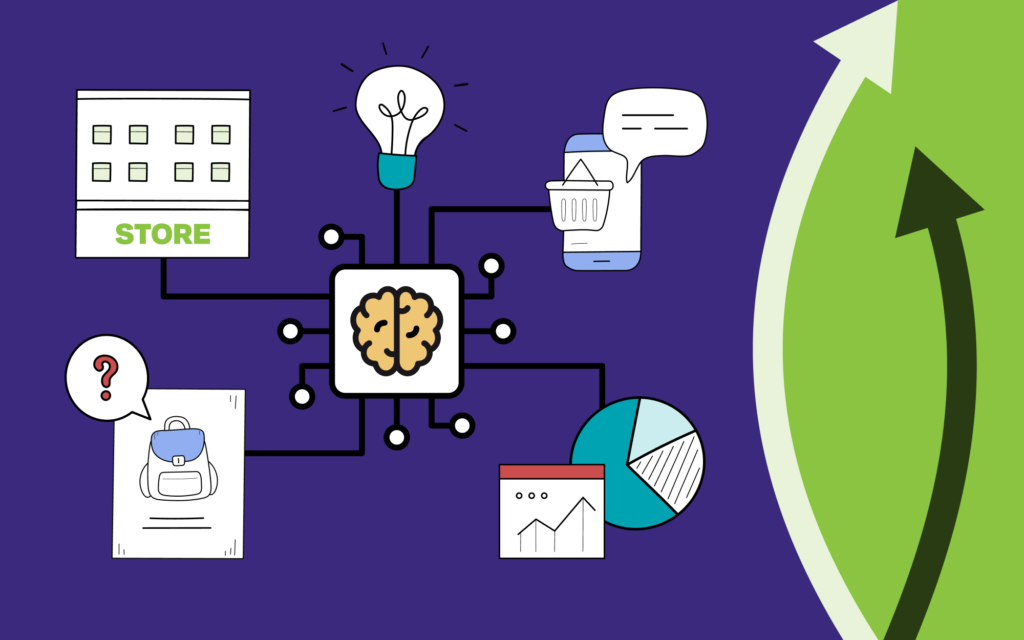Common barriers to planning brilliant in-store marketing


As we look towards the next season and people heading to stores on foot, thoughtful retail marketing offers the opportunity to build better connections with shoppers, educate and convert new and undecided customers and deliver exciting and memorable in-store experiences.
An effective approach to retail marketing is truly understanding your store estate so you can precisely target your messaging, offers and events.
It’s about creating consistency by quickly and clearly communicating new campaigns with your remote teams.
It’s about freeing up capacity within your marketing departments so your employees can be more engaged and imaginative with their ideas.
It’s all about driving more sales.
Many retailers have very little or no insight when it comes to the marketing operations in their stores.
Every detail of an online marketing campaign can be easily analysed and quickly revised to improve performance. However, offline marketing has always been behind in collecting and delivering actionable insights to retail marketers – but this is no longer the case.
New technologies enable retail marketing teams to be more targeted and reactive with their in-store campaigns. They can now access rich data about many different aspects of their store environments, including changing requirements and opportunities in real-time.
Compliance rates for in-store campaigns are often as low as 40%. This means most marketing materials planned and produced never actually do the job they were created for, instantly resulting in missed sales opportunities and wasted budgets.
Occasional audits and visits from regional managers cannot capture sufficient detail for a realistic view of in-store activities across the estate. Real-time communications and constant feedback from stores is now key to success – it can deliver not just 100% compliance but also the ability to flex marketing to meet and take advantage of local demand.

Most retail marketers are still planning their in-store marketing campaigns on spreadsheets – sound familiar? Despite their notoriously error-prone nature, the majority of retail marketing teams still use complex spreadsheets to plan their campaigns. This traditional approach limits the precise targeting of in-store messaging and restricts campaign performance effectiveness. These laborious workflows are full-time jobs for employees and can erode the enthusiasm of previously creative and engaged team members resulting in reduced productivity.
Many teams are still working remotely. Covid-19 has completely restructured how organisations and their employees work. Retail head offices, once hives of activity and in-person collaboration, now have whole departments working from home. Processes and internal workflows that were effective when staff were together in one space are now redundant.
With remote working here to stay for the long haul, digital transformation is now vital to maintain productivity and to produce cohesive retail marketing. It’s possible to not just replicate in-person interactions with online tools, but also streamline and improve them with automated workflows, notifications and approvals.

Marketing departments need more capacity to improve campaign performance and expand their marketing activities.
Many retail marketing budgets have been cut, even as companies look directly to CMOs for growth. Recent research has found that with this increased pressure, some retail marketers are looking to bring the work done by external partners in-house so that they have complete control of all their marketing and can monitor its effectiveness. These big changes require increased capacity.
The ability to centralise and streamline campaign planning and implementation in stores frees-up overstretched teams to work on optimising their promotions. It also enables easier synchronisation of a retailer’s in-store, online and other marketing activities.
In-store marketing, from the initial ideas and concepts to the installation and ongoing management and tracking, should be a creative process for the teams involved. Delivered using simple online tools, once time-consuming and unimaginative tasks can now be completed in record time and without errors. Retailers can create highly targeted, effective campaigns for their stores, helping them engage consumers with the right messages, in the right places, at the right times.
Understanding, monitoring, and constantly updating store estate information in real-time is now a necessity for everything from marketing to refurbishments. Introduce the right software to make in-store insights accessible and increasing efficiencies and performance in physical retail environments is easier than ever before.
Colateral simplifies your in-store marketing campaigns to help you cut costs, drive sales and get more from your stores.
Want to learn more?
 Thought Leadership
Thought Leadership
If you’re on this page, chances are you’ve been tasked with finding out exactly what...
 Thought Leadership
Thought Leadership
AI is weaving its way into our every day lives and becoming particularly transformative in...